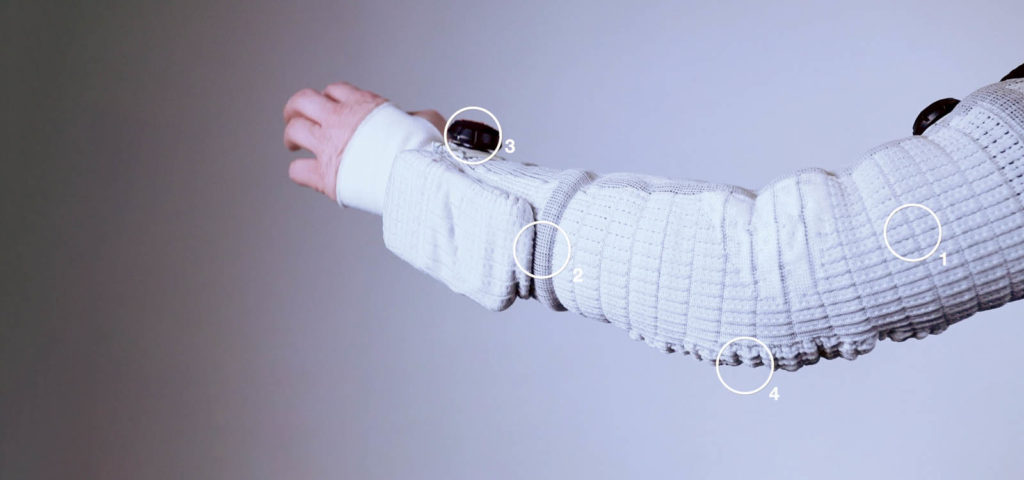
Space is referred to as a vacuum because there is a near-total lack of gas molecules. That means there’s also a complete lack of pressure, so the air inside an unprotected astronaut’s lungs would quickly rush out of the body, gasses in body fluids would expand and the skin would inflate like a balloon.
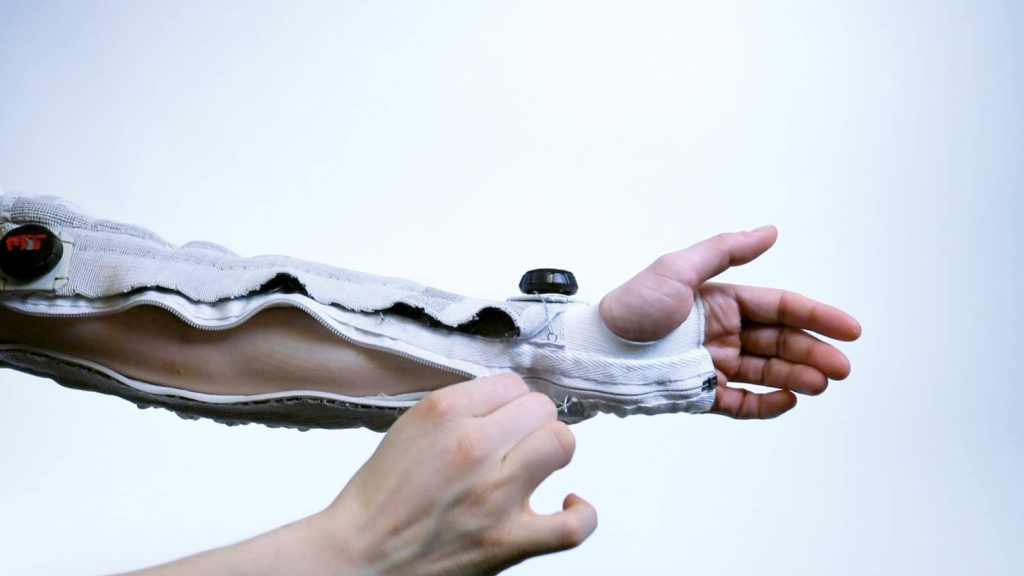
Researchers at the Massachusetts Institute of Technology are developing a prototype 3D Knit BioSuit for extravehicular activity (EVA) that counteracts the effects of the vacuum with integrated smart sensing to monitor applied pressures and body movement. Its thermal-drawn stretchable sensing fibers contain an inertial measurement unit, an accelerometer, a gyroscope and onboard machine-learning algorithms to provide real-time sensor information.
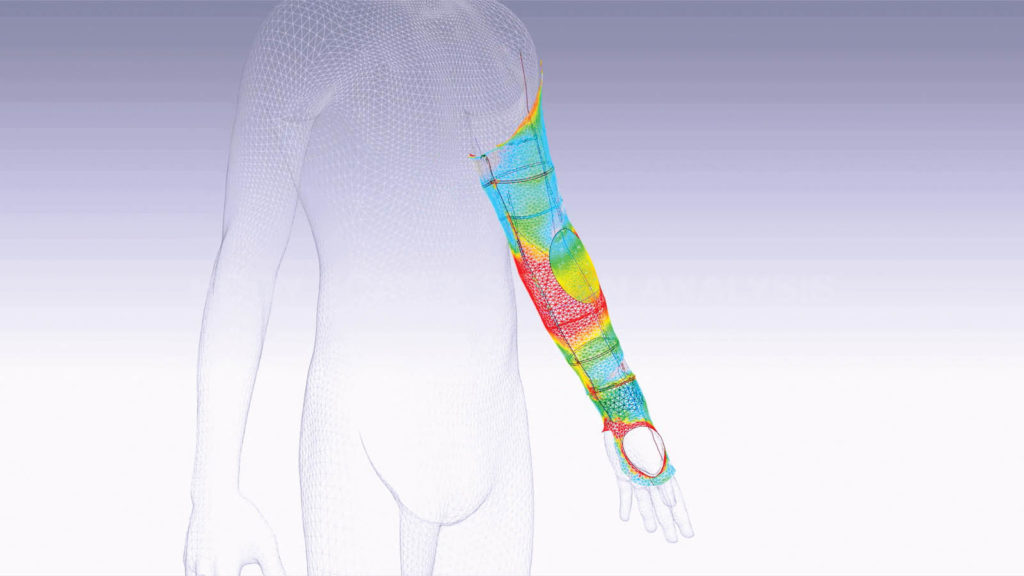
The BioSuit will provide uniform skin pressure using a compressive garment, a concept known as mechanical counterpressure (MCP). This “second skin” technology is designed to be far less bulky and significantly more mobile compared to traditional gas-pressurized EVA spacesuits that have been used in human spaceflight for more than 50 years.
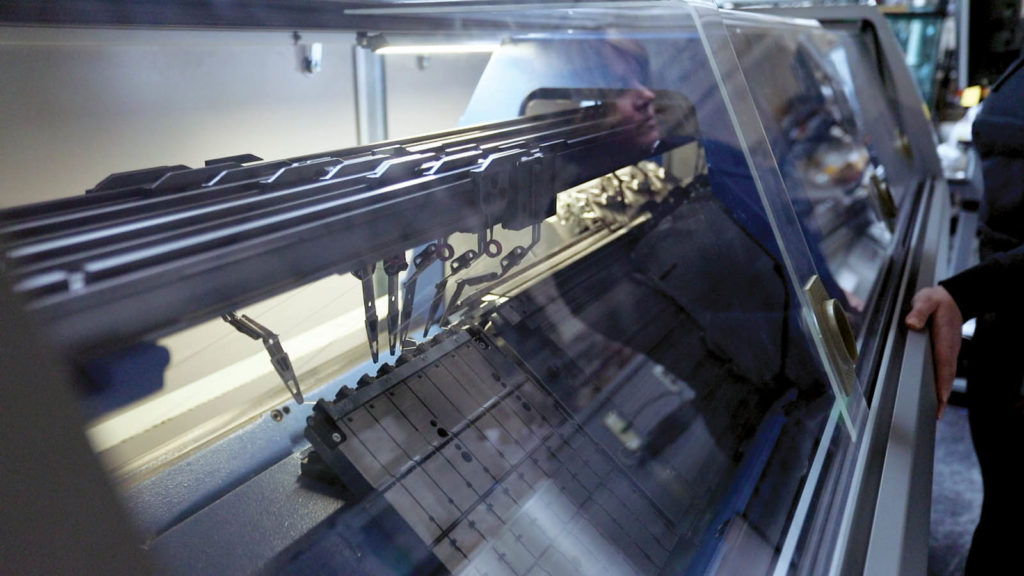
At this point, the prototype is an arm sleeve section of the full suit, which will contribute to the development of advanced EVA spacesuit technologies. The full suit will provide compression using a multilayered 3D knitting strategy. It leverages multifunctional polyethylene fibers as both a flexible and high-tenacity material to provide pressure, thermoregulation and partial radiation protection. Improved donning/doffing capabilities were added using a two-layer construction in the 3D knit sleeve: a zippered inner base layer and a magnetic ratchet mechanism to close the outer high-compression layer.
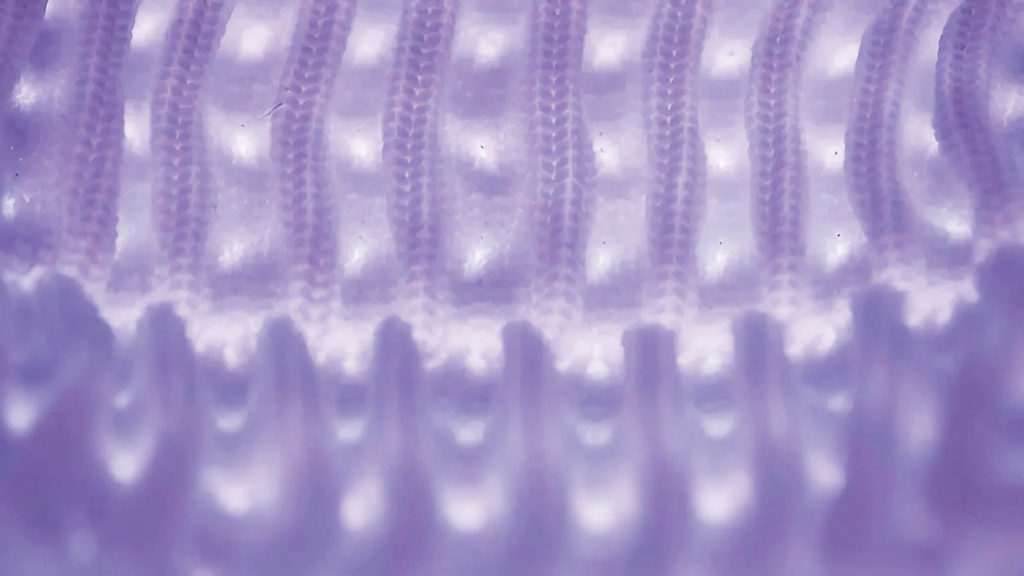
The BioSuit incorporates a wireless graphical user interface to enable astronauts to monitor suit pressure status, performance and detection of anomalies.
Researchers say the prototype demonstrates state-of-the-art technology and novel 3D knit manufacturing techniques as we plan a return to the moon in 2025 and plot the next steps in our interplanetary future.
 TEXTILES.ORG
TEXTILES.ORG


